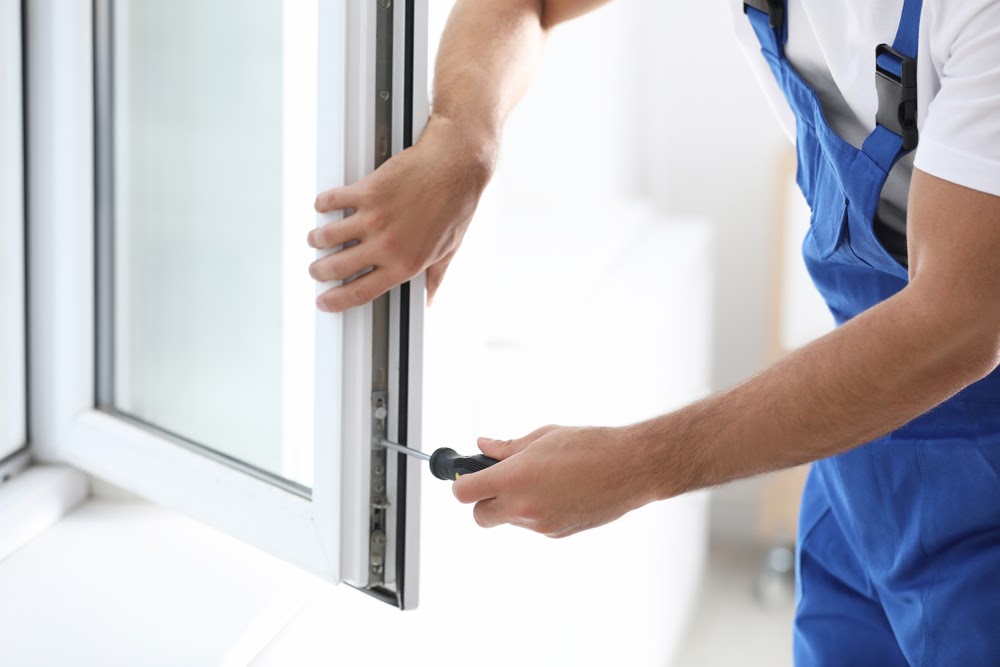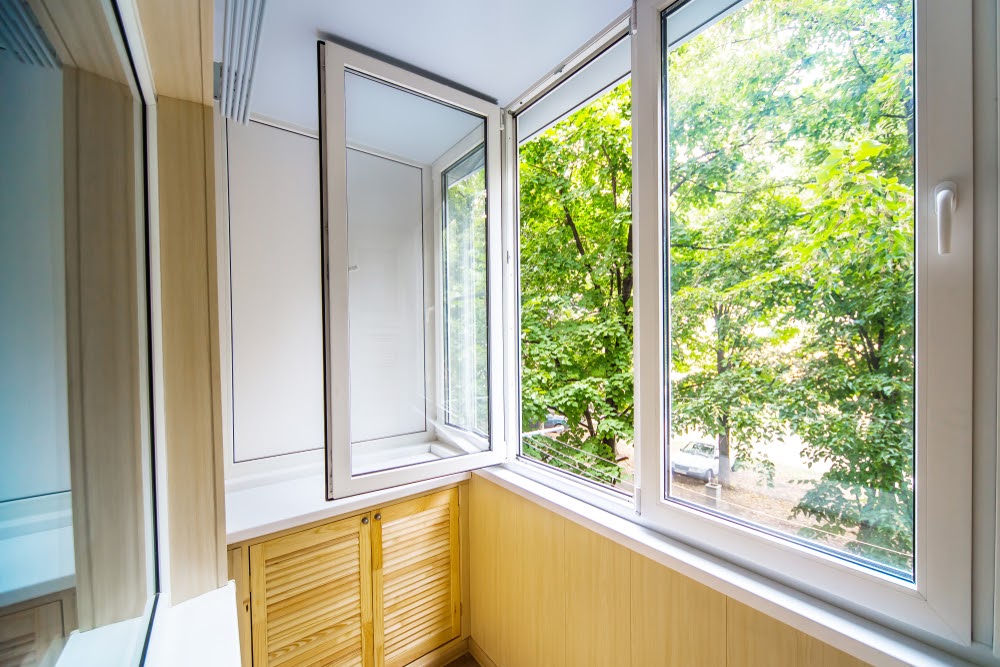How to Choose the Most Energy Efficient Windows
The average household spends about $865 per year on heating and cooling. If you want to reduce your heating and cooling expenses, consider upgrading to energy efficient windows. Why? Heat loss and heat gain through your windows accounts for up to 30% of your annual heating and cooling energy usage. Investing in energy efficient windows can drastically reduce this heat loss and heat gain, which could save you hundreds of dollars per year.
What are the most energy efficient windows? How can you choose the right windows for your home? Here are some factors to consider:
The Frame
There are a number of materials that are used to construct window frames. Aluminum frames are often recommended for windows in rainy, humid climates, especially in areas that are prone to hurricanes. This material might be durable, but it’s not designed to prevent heat loss and gain, so it isn’t very energy efficient.
The three best frame materials for energy efficiency are vinyl, wood, and fiberglass. Vinyl is an inexpensive material that is capable of reducing heat loss and heat gain. It’s also durable, so it will hold up well in nearly every climate. However, some people don’t like the way it looks or aren’t satisfied with the limited color options.
Wood is an excellent insulator, which is why it is one of the most energy efficient framing materials. But wood is a high-maintenance material that requires far more upkeep than vinyl and fiberglass. Wood can also start to rot when exposed to a lot of moisture, so it’s not ideal for homes in humid or rainy climates.
Fiberglass is a stable, durable material. It contains air cavities that can be filled with insulation, which will drastically reduce the heat loss and gain in your home.

The Glazing
The term “glazing” refers to the glass installed within the window frame. Most windows are designed with single, double, or triple glazing, which is also referred to as single, double, or triple panes.
A single-pane window, which only has one sheet of glass, is the least energy efficient. The best energy efficient windows are double- or triple-paned.
A double-glazed window has two layers of glass with a space between them. This space is typically filled with argon gas, which provides additional insulation to increase the energy efficiency of the windows. Argon gas is used to insulate the space between each layer of triple-paned windows as well.

The Design
The design of a window can affect its energy efficiency, too. Some of the most energy efficient window designs include:
- Fixed: These windows are not designed to open and close. Ottawa windows replacement are airtight when sealed properly, which makes them the most energy efficient.
- Awning: These windows feature hinges at the top and are designed to open outwards. The window must be pressed tightly against the frame in order to close, so there’s not a lot of room for air leakage.
- Hopper: These windows are similar to awning windows except they are designed with hinges at the bottom and they open inwards.
- Casement: These windows are hinged at the sides and open outwards to the right or left. Just like awning and hopper windows, casement windows must press tightly against the frame to close, so they have low air leakage rates.
The least energy efficient window designs include single- and double-sliding windows and single- and double-hung windows. Both of these designs tend to have higher air leakage rates.
The Label
The simplest way to find energy efficient windows is to look for the ENERGY STAR® label. This label contains a wealth of information about each window’s energy efficiency, including:
- U-Factor: This is a measure of how well the window can prevent heat from inside your home from escaping, which is heat loss. It ranges from 0.20 to 1.20. The lower the number, the more energy efficient the window.
- Solar Heat Gain Coefficient: This is a measure of how well the window can prevent heat from outside from coming into your home, which is heat gain. This factor is especially important in hot climates. It ranges from 0 to 1. The lower the number, the better the window is at preventing heat gain.
- Visible Transmittance: This is a measure of how much natural light the window will allow in your home. Relying on natural light will lower the cost of lighting in your home. This number ranges from 0 to 1. The higher the number, the more natural light it will allow inside.
Once you find the right windows, make sure you hire a reliable professional to install them. Even the most energy efficient windows cannot prevent heat loss and heat gain if they are not installed correctly.


